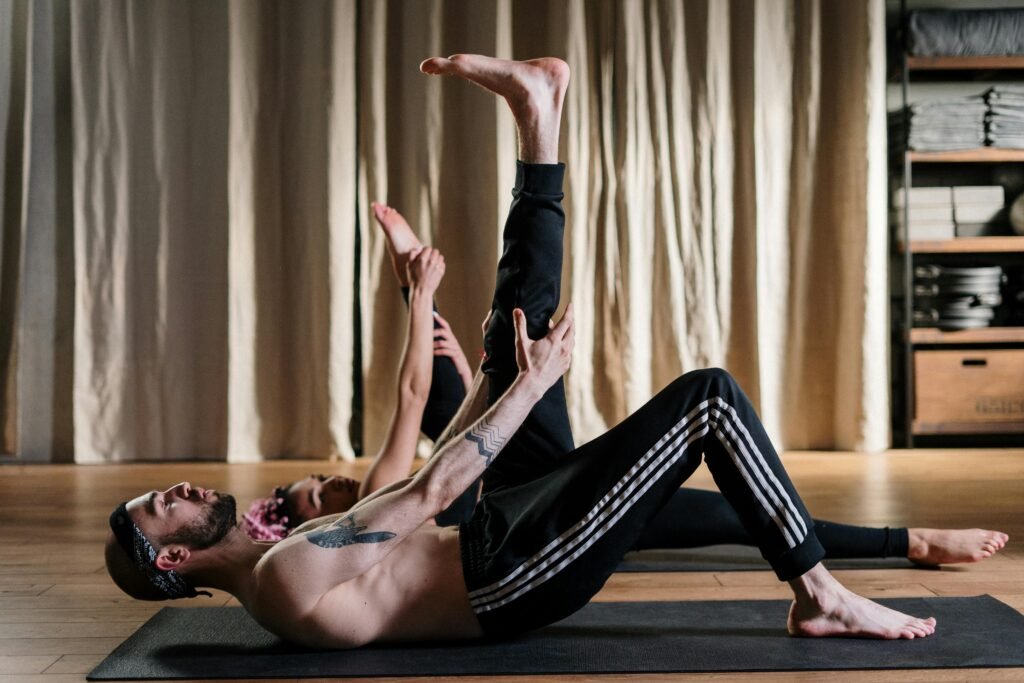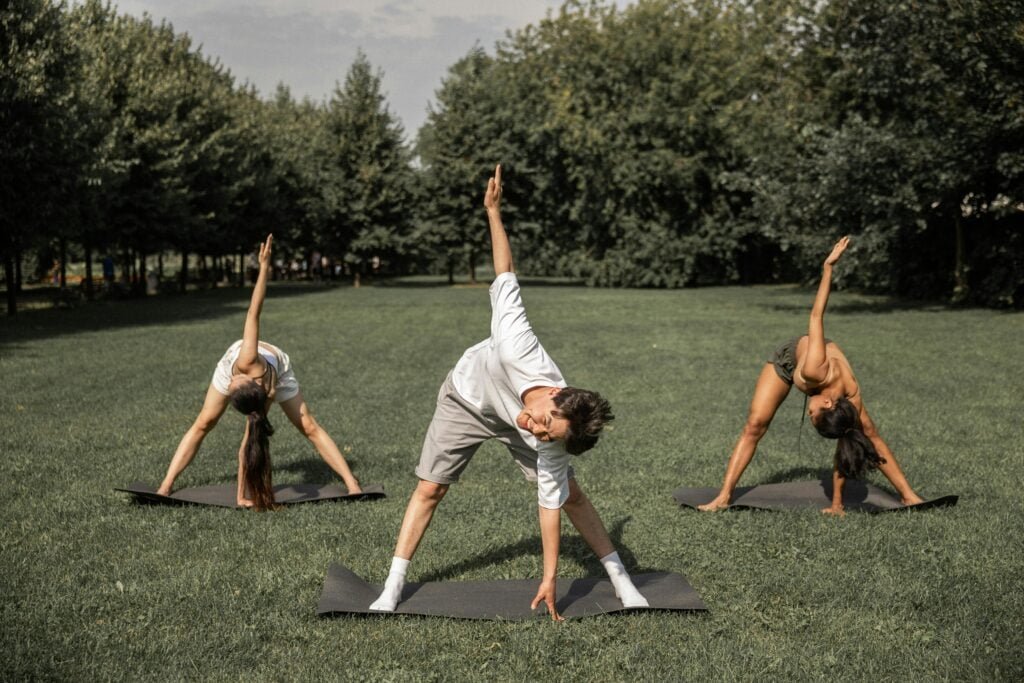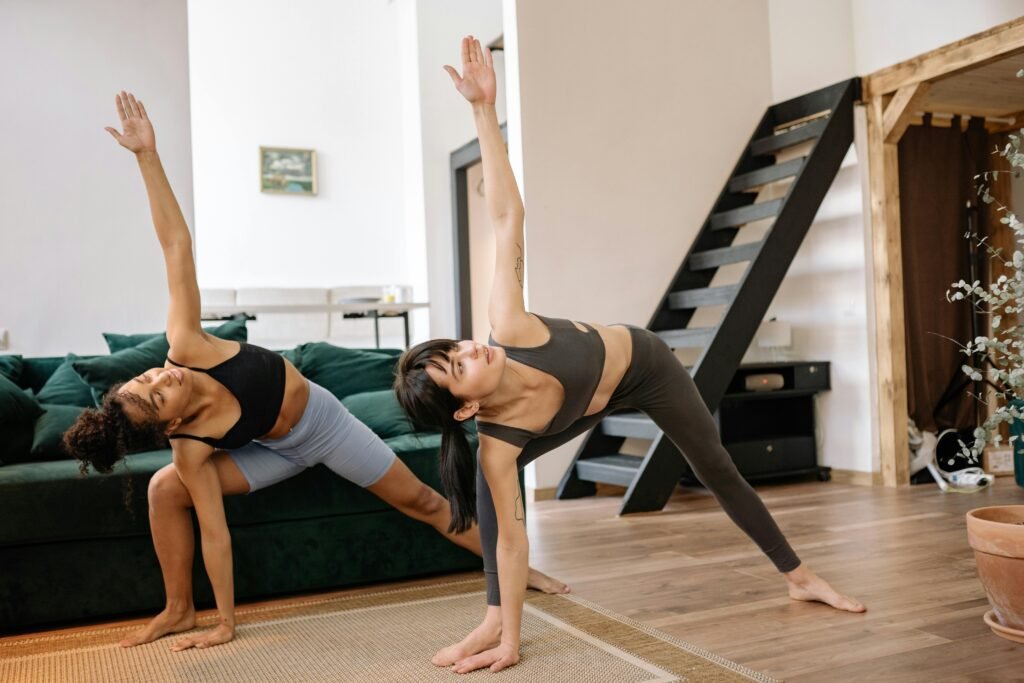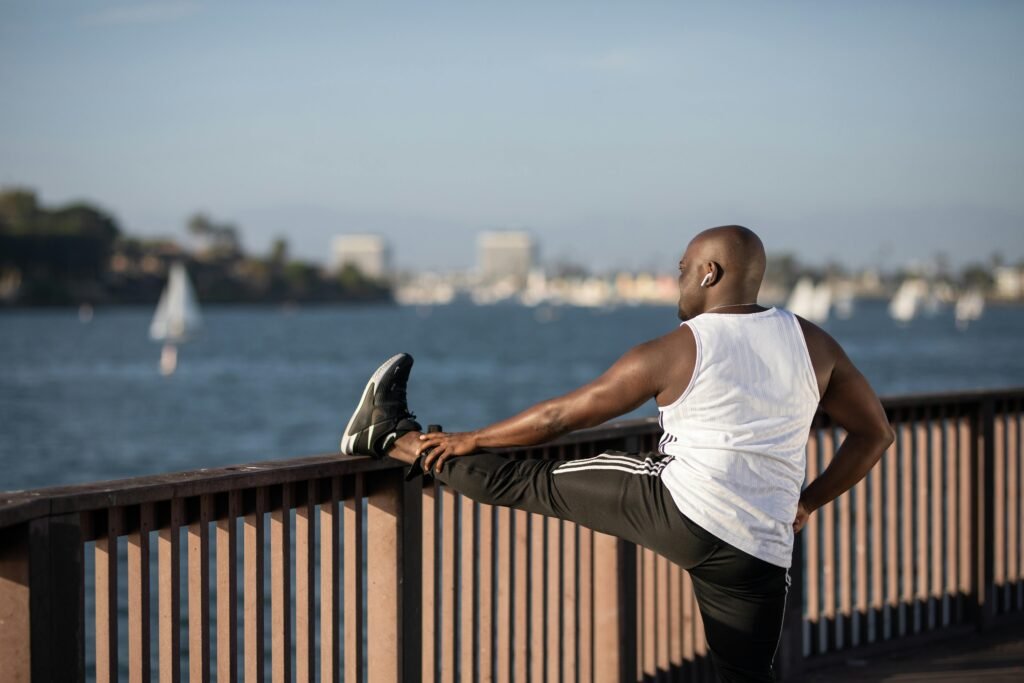Stretching is a crucial part of any fitness routine, yet it’s often overlooked. Whether you’re a seasoned athlete or just starting your fitness journey, incorporating stretching before and after your workout can make a significant difference in your overall performance and recovery. In this post, we’ll explore the many benefits of stretching and why it should be an essential component of your exercise routine.
Why Is Stretching Important?
Stretching helps prepare your muscles for the physical demands of your workout and aids in recovery afterward. It increases flexibility, improves circulation, and reduces the risk of injury, making it an indispensable part of your fitness regimen.
Benefits of Stretching Before a Workout

- Increases Blood Flow to Muscles Stretching before a workout helps increase blood flow to your muscles, ensuring they are well-oxygenated and ready to perform. This boost in circulation warms up your muscles, reducing the risk of strains or sprains during exercise.
- Improves Flexibility and Range of Motion Dynamic stretching (stretching that involves movement) before a workout helps improve flexibility and range of motion. When your muscles are flexible, you’re able to perform exercises with a greater range of movement, which can enhance your overall performance and make your workout more effective.
- Prepares Your Body for Physical Activity Stretching helps prepare your muscles, joints, and ligaments for the physical stress of a workout. It activates your nervous system, making your body more responsive and ready to handle the demands of your exercise routine. This preparation can lead to better performance and fewer injuries.
- Reduces Muscle Tension and Stress When you stretch before exercising, you help release any tension that might have built up in your muscles throughout the day. This relaxation can prevent muscle cramps and discomfort during your workout, allowing you to train more efficiently.
Benefits of Stretching After a Workout

- Promotes Muscle Recovery and Reduces Soreness Stretching after your workout helps your muscles cool down and return to their resting state, which reduces the risk of stiffness and soreness. It also helps flush out lactic acid, a byproduct of exercise that can contribute to muscle soreness.
- Increases Flexibility and Prevents Injuries Static stretching (holding a stretch for an extended period) after a workout can help improve your overall flexibility. Consistent post-workout stretching keeps your muscles supple and flexible, reducing the risk of injury over time.
- Relaxes the Body and Mind Stretching after exercising is a great way to relax both your body and mind. It activates the parasympathetic nervous system, which helps calm you down and reduce stress levels. This relaxation can be particularly beneficial after an intense workout, as it helps you wind down and transition into recovery mode.
- Improves Posture and Alignment Regular stretching helps improve posture by lengthening tight muscles that can pull your body out of alignment. For example, stretching the chest and shoulder muscles can counteract the effects of slouching, while stretching the hip flexors can relieve tension caused by sitting for extended periods.
Types of Stretching

- To make the most out of your stretching routine, it’s important to understand the different types of stretching and when to use them:
- Dynamic Stretching: This type of stretching involves movement and is best done before a workout. It includes activities like arm circles, leg swings, and walking lunges, which help warm up the muscles and prepare them for exercise.
- Static Stretching: This type of stretching involves holding a position for 15-60 seconds and is ideal for after your workout. It helps relax the muscles, improve flexibility, and reduce soreness.
- PNF (Proprioceptive Neuromuscular Facilitation) Stretching: This advanced stretching technique involves stretching a muscle to its limit, then contracting it for a few seconds before stretching further. It’s often used by athletes to improve flexibility and is best performed after a workout.
The Best Ways to Add Stretching to Your Workout Plan

- Start with a Warm-Up: Before you begin stretching, make sure to warm up your body with 5-10 minutes of light cardio, such as jogging or jumping jacks. It boosts blood flow to your muscles, ensuring they’re prepared for stretching.
- Focus on Major Muscle Groups: Pay special attention to the muscles you plan to use during your workout. For example, if you’re doing a leg workout, be sure to stretch your calves, hamstrings, quads, and hip flexors.
- Hold Each Stretch for 15-30 Seconds: When stretching, hold each position for at least 15-30 seconds to allow your muscles to fully lengthen and relax. Don’t rush or force the stretch, as it could result in injury.
- Stretch Both Sides of Your Body: Make sure to stretch both sides of your body equally to avoid muscle imbalances.
- Breathe Deeply and Relax: Remember to breathe deeply and relax while stretching. Deep breathing helps increase oxygen flow to your muscles and allows you to stretch more effectively.
Common Stretching Mistakes to Avoid

- Skipping the Warm-Up: Stretching cold muscles can increase the risk of injury. Always warm up before stretching to ensure your muscles are pliable and ready.
- Bouncing During Stretches: Bouncing can cause small tears in your muscles and lead to injuries. Instead, hold each stretch in a controlled manner.
- Not Stretching After a Workout: Many people skip stretching after exercising, but this is when your muscles need it the most. Taking a few minutes to stretch can significantly improve your recovery and flexibility.
- Overstretching: Stretching should feel slightly uncomfortable but never painful. If you feel pain, ease up or modify the stretch.
Conclusion
Stretching before and after a workout offers numerous benefits, from improving flexibility and range of motion to reducing muscle soreness and enhancing overall performance. By incorporating both dynamic and static stretching into your fitness routine, you can maximize your workout results, prevent injuries, and ensure your muscles stay healthy and strong.
So, next time you hit the gym or start your home workout, take a few extra minutes to stretch. Your body will thank you for it!
You can Also Try This Digital Product = The Ultimate Home Workout | EBooks